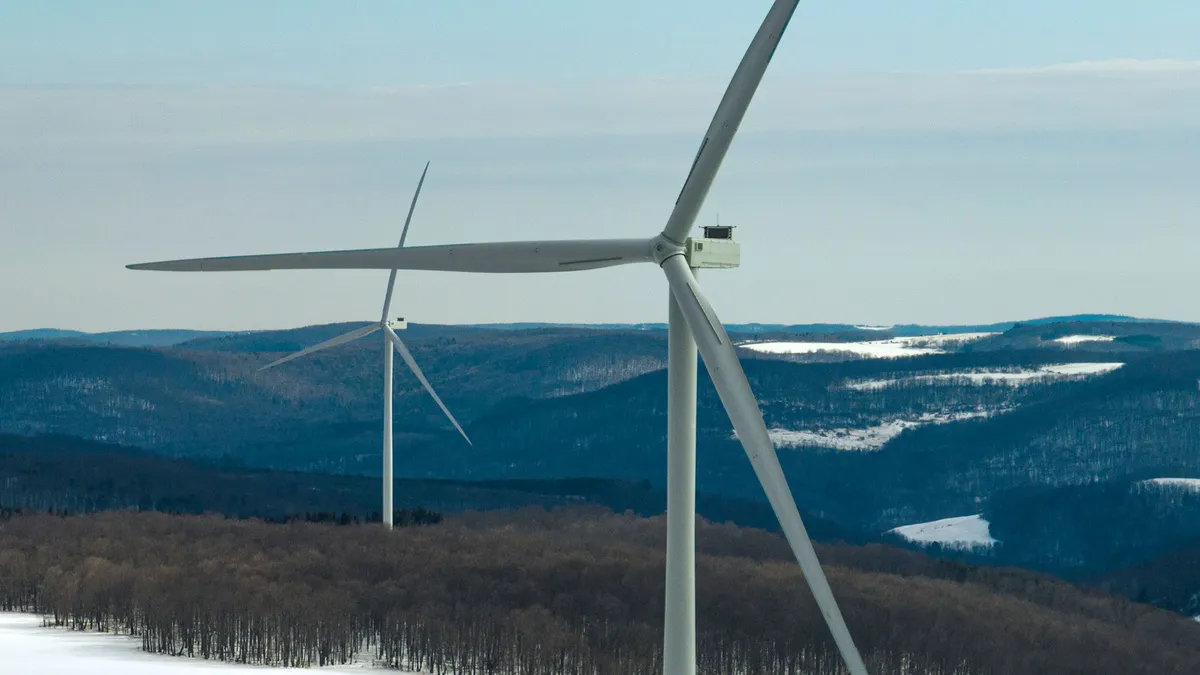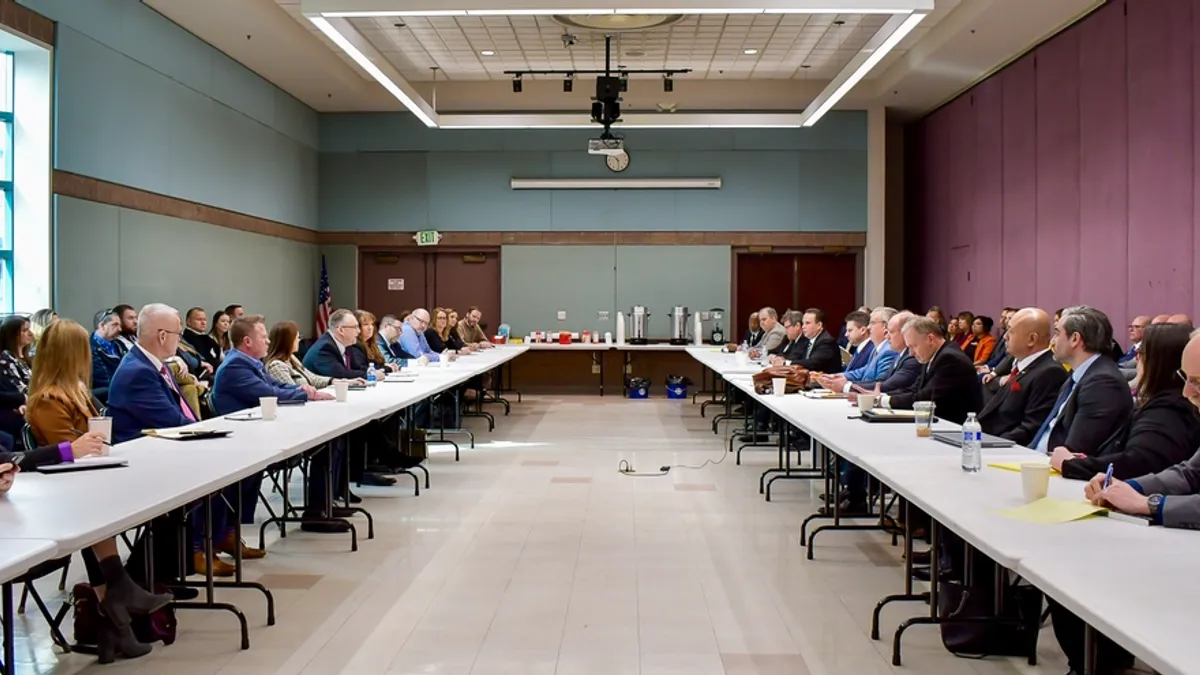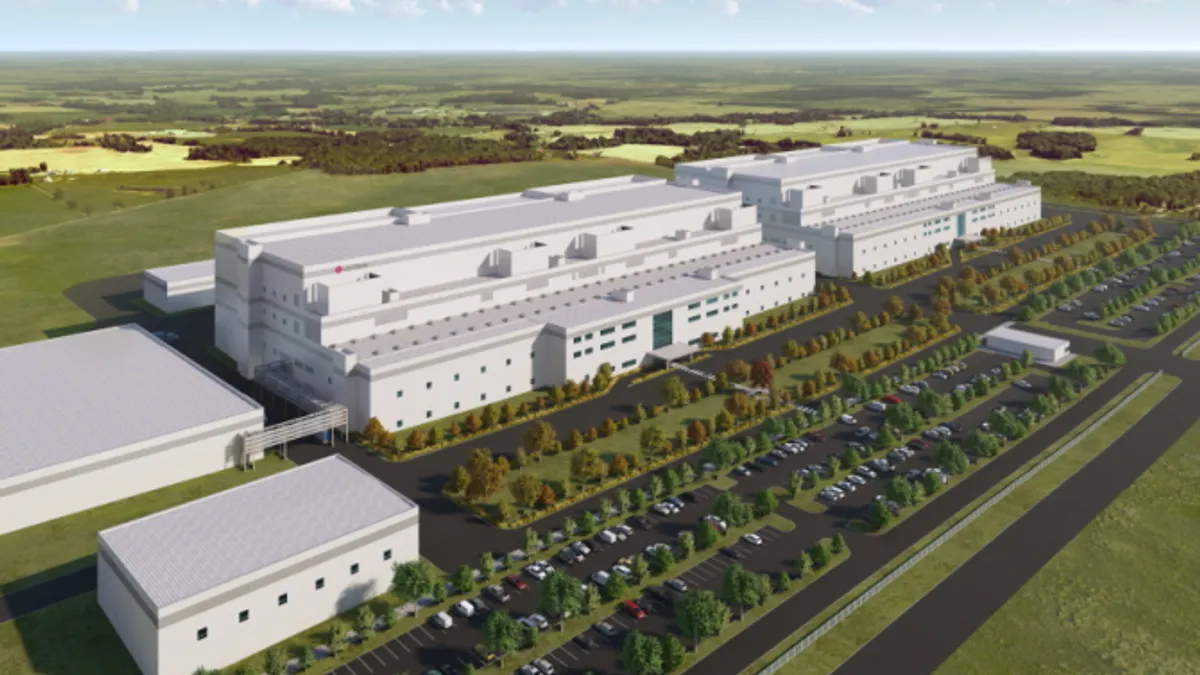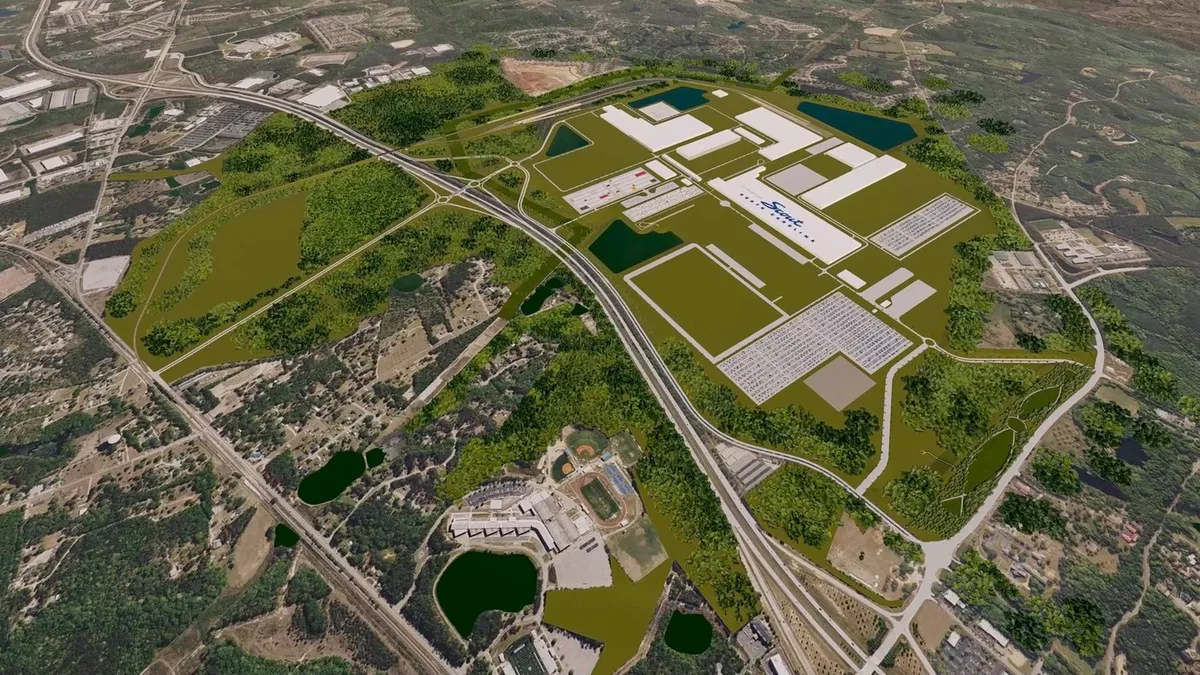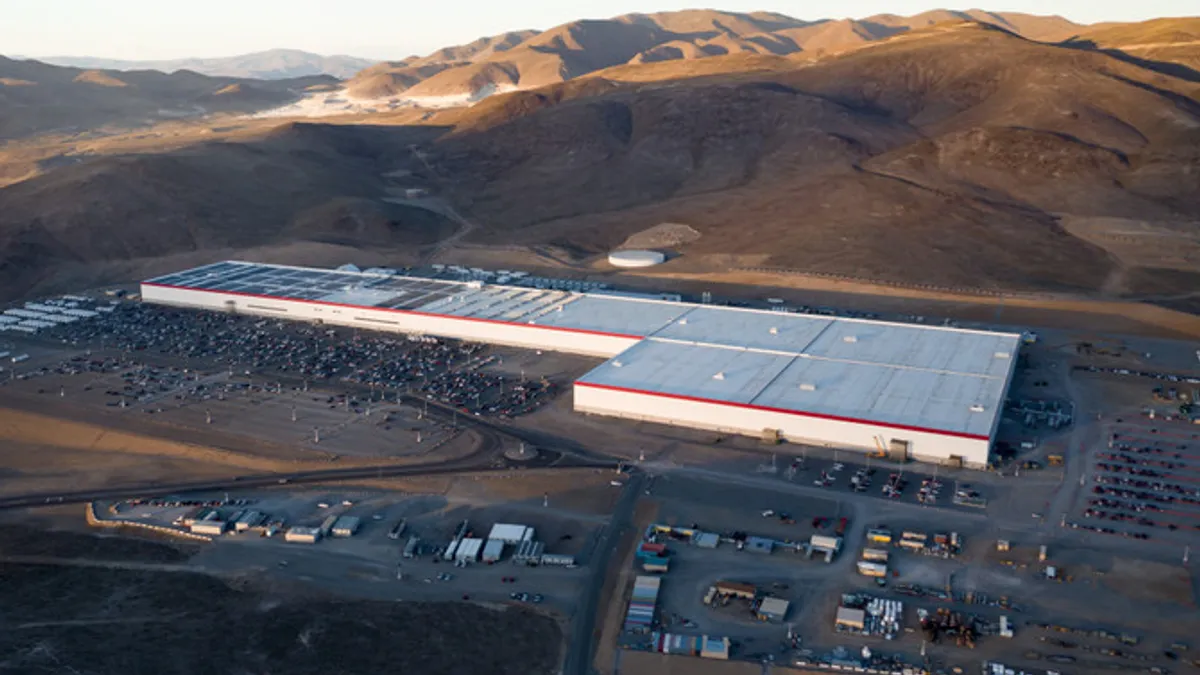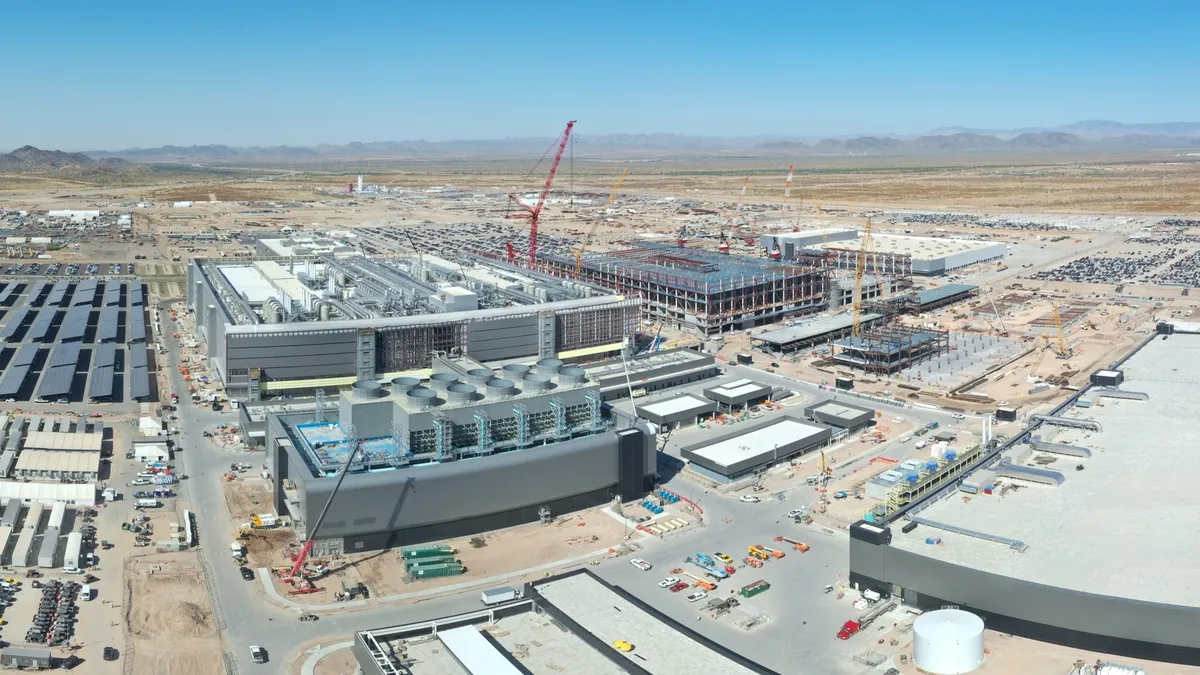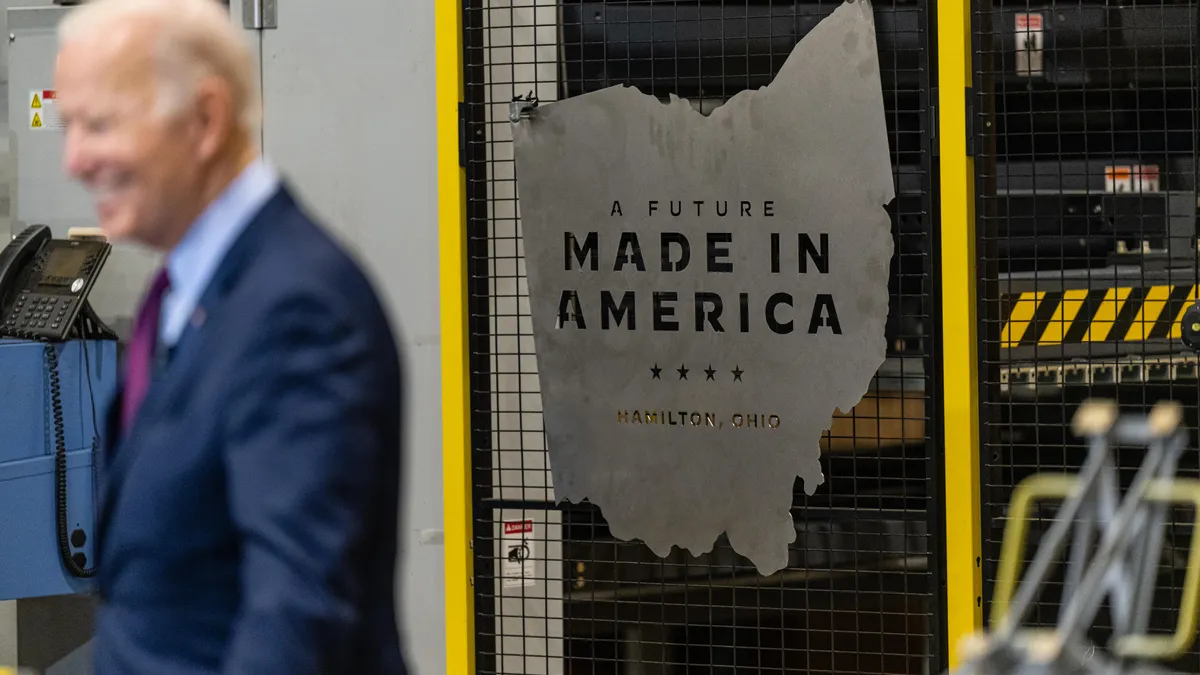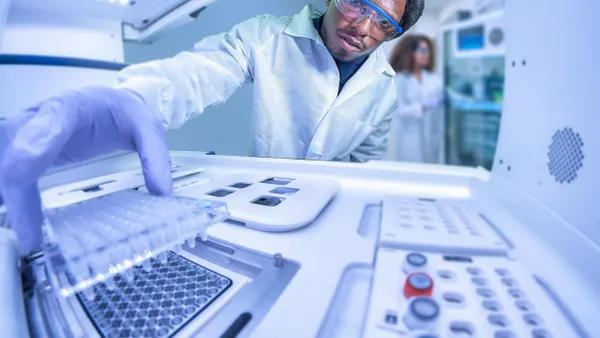New York's manufacturing sector is seeing a rise in clean energy projects after the passage of last year’s Inflation Reduction Act spurred approximately $240 billion in clean energy manufacturing investments.
In the first year of the IRA, companies invested $783 million from 10 projects in New York, creating 2,739 jobs.
In addition, in November 2022 the state set aside $3.7 million in funding for climate technology manufacturing in the region. The funding is part of New York’s $5.3 billion Clean Energy Fund launched in 2016, part of the state’s years-long sustainability investments.
The state’s prioritization of clean manufacturing and development is part of a broader goal under the Climate Leadership and Community Protection Act to reduce greenhouse gas emissions by at least 40% compared to 1990 levels by 2030 and 85% by 2050.
And last month, Gov. Kathy Hochul announced the country’s largest state investment in clean energy, with three offshore wind and 22 land-based renewable energy projects totaling 6.4 gigawatts of clean energy. When completed, the projects will deliver approximately 12% of New York’s electricity needs.
As part of the project, the state is also awarding $300 million to GE Vernova for a nacelle manufacturing and assembly site and LM Wind Power Blades USA for a blade manufacturing facility.
Goals like these are supported by the state’s energy department, the New York State Energy Research and Development Authority and the NY Green Bank, the largest green bank in the country offering an investment fund for clean energy projects.
Against this backdrop, clean energy manufacturers are increasingly moving to New York to take advantage of the incentives and support offered by the state.
New York’s foray into manufacturing and development funding
Appliance maker Midea America is one such manufacturer. The company operates out of Parsippany, New Jersey, near New York, and was selected to participate in New York’s August 2022 “Clean Heat For All” challenge, a $70 million state-funded program to manufacture 30,000 heat pump units for New York City public housing facilities.
Choosing the New York area has worked in the company’s favor considering the various state programs and tax credits it can take advantage of, said David Leezer, retail AC R&D team leader at Midea.
New York state offers a 4% investment tax credit for qualified property, such as machinery and equipment used in manufacturing, Leezer said. This tax credit can be claimed by manufacturers to reduce the cost of new equipment and investments, he added.
Another incentive is the Brownfield Cleanup Program which provides financial assistance to clean up and redevelop brownfield sites, which are properties that have been contaminated by hazardous substances, Leezer said. Companies planning to locate a new manufacturing facility on a brownfield site may be eligible for tax credits.
Brownfields in the state were recently given a boost when the Biden administration granted seven New York awardees $6.4 million to expedite the brownfield cleanup process as part of the Investing in America agenda.
One brownfield under transformation in New York is a former iron ore mine in St. Lawrence County. The Benson Mine site is now under development to become a solar project that will eventually provide enough renewable energy to power more than 4,500 homes.
Manufacturers like Midea America Corp. can also take advantage of the New York State Manufacturing Extension Partnership, a statewide network of experts that provides technical assistance and support to manufacturers to help with process improvement, quality control and supply chain management, Leezer said.
Another company benefiting from these initiatives is Ampion, a community solar initiative working with manufacturing companies in New York. Along with the NYSERDA incentives, Ampion also benefits from the NY-Sun program, which works with solar contractors and developers to help companies offset the costs of buying and installing solar panels, said CEO Nate Owen.
“New York has emerged as a national front runner in solar development, setting an ambitious target of reaching 10 gigawatts of distributed solar capacity by 2030,” Owen said.


